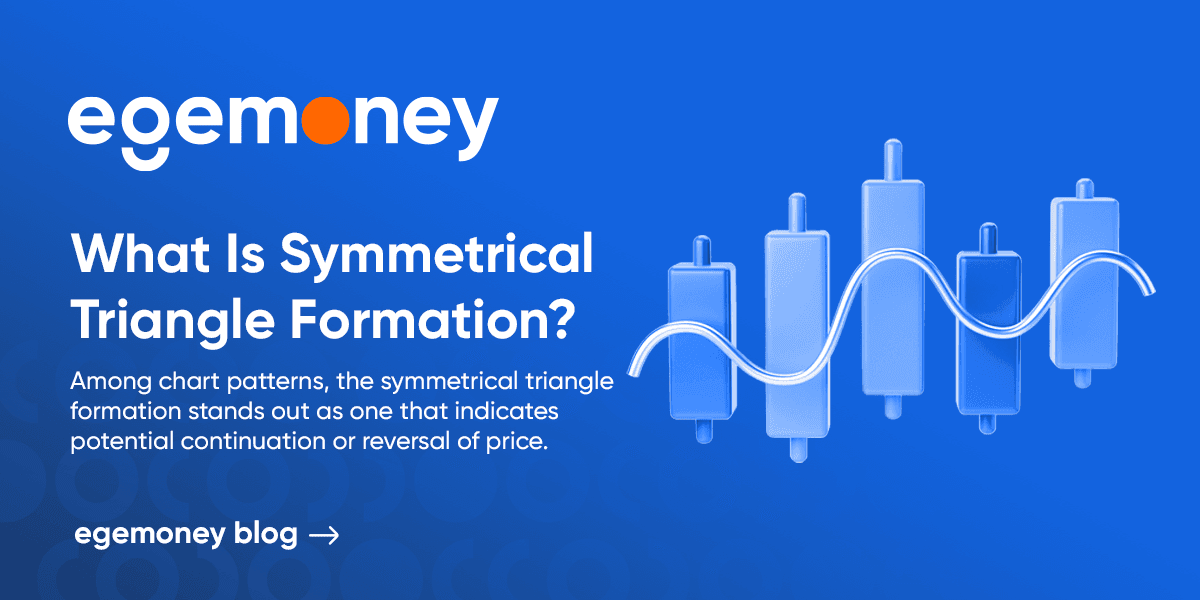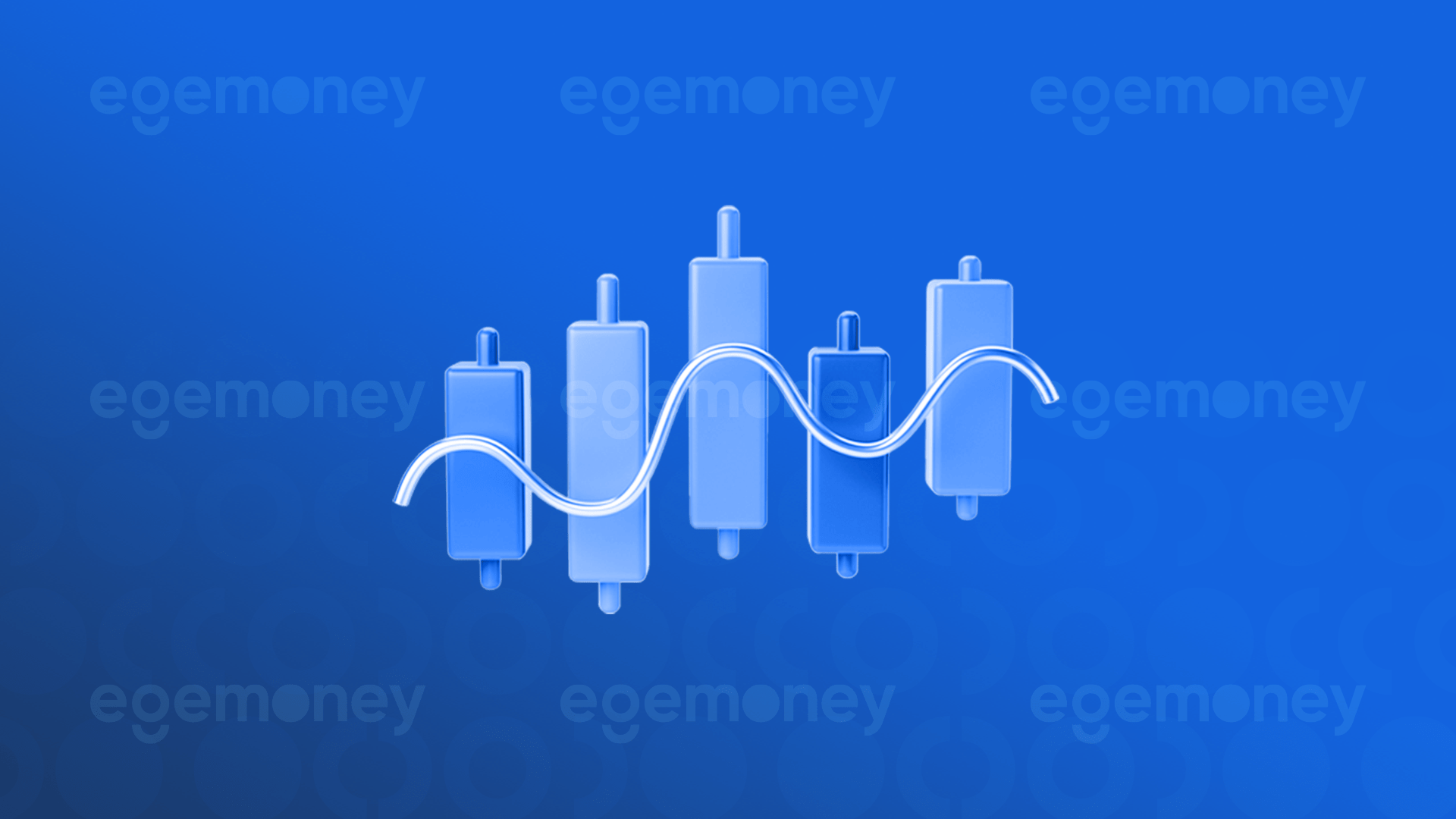
In the world of technical analysis, chart patterns hold great significance for traders and investors, especially in short-term trading for buying and selling. Among these patterns, the symmetrical triangle formation stands out as one that indicates potential continuation or reversal of price.
The symmetrical triangle pattern is a technical chart formation characterized by converging trend lines that create a triangular shape. Imagine analyzing a specific time period of a cryptocurrency. If, during the period you’re examining, there is a descending line from the peak, followed by an ascending line from the first low point, resulting in a visual triangle formation, then the cryptocurrency you’re studying is exhibiting a triangle formation. This occurs when the price indicates a period of indecision in the market, forming lower peaks and higher lows (indicating a downward movement of the currency).
The symmetrical triangle formation is considered a continuation pattern, implying that after a period of consolidation, the price will likely return to its previous trend. However, it can also act as a reversal pattern, indicating a potential change in the price trend direction. Confirmation of the pattern occurs when the price breaks out of the triangle formation, often accompanied by a significant increase in volume.
Types of Triangles and Their Effects on Price
Ascending Triangles: In an ascending triangle, the upper trend line remains horizontal while the lower trend line has an upward slope. This pattern indicates a buying phase in which buyers become more aggressive and consistently push the price higher. When the price breaks above the upper trend line, it usually confirms the continuation of the uptrend.
Descending Triangles: Conversely, a descending triangle has a horizontal lower trend line and a downward-sloping upper trend line. This pattern indicates a selling phase where sellers gain control and consistently push the price lower. A breakout below the lower trend line is often interpreted as confirmation of the continuation of the downtrend.
Symmetrical Triangles: Symmetrical triangles are characterized by both upper and lower trend lines converging without a clear slope in either direction. This pattern reflects a period of equilibrium or potential reversal between buyers and sellers. The direction of the breakout, accompanied by an increase in volume, determines the subsequent price movement.
Entry Signals
In a symmetrical triangle formation, a breakout of the price in the direction of the trend, approximately around 50% to 75% of the triangle’s width, is considered a trading entry signal. In other words, if an uptrend preceded the formation, the expectation is for the price to break the triangle formation upward. On the other hand, if a downtrend preceded the formation, the expectation is for the price to break the triangle formation downward. However, if the breakout within the symmetrical triangle occurs in the opposite direction of the preceding trend, it is not considered a valid signal.
Furthermore, a breakout occurring around 50% to 75% of the symmetrical triangle is considered a reliable breakout. However, an earlier or later breakout may increase the likelihood of failure. Which means, if the symmetrical triangle breaks above 75% or below 50%, it is not considered a valid trade signal.
Therefore, when considering the symmetrical triangle formation, it is expected that the price will break out at a specific point, and the timing of this breakout is crucial. However, not all breakouts are valid signals and should be evaluated within specific rules and parameters. By doing so, one can make the most of the symmetrical triangle formation and make more informed trading decisions. Additionally, you can gain insights into your investments through our ITB Analysis section, which is one of the analysis types available on our platform. To learn more about EgeMoney, you can access all the up-to-date information on our blog page.







